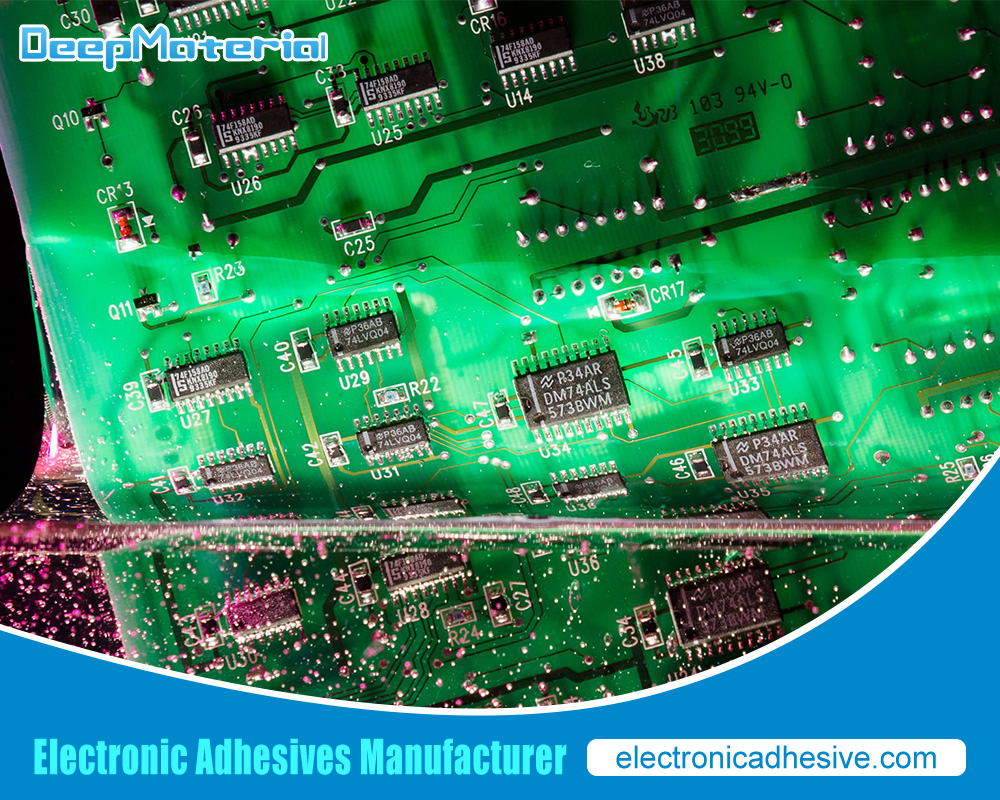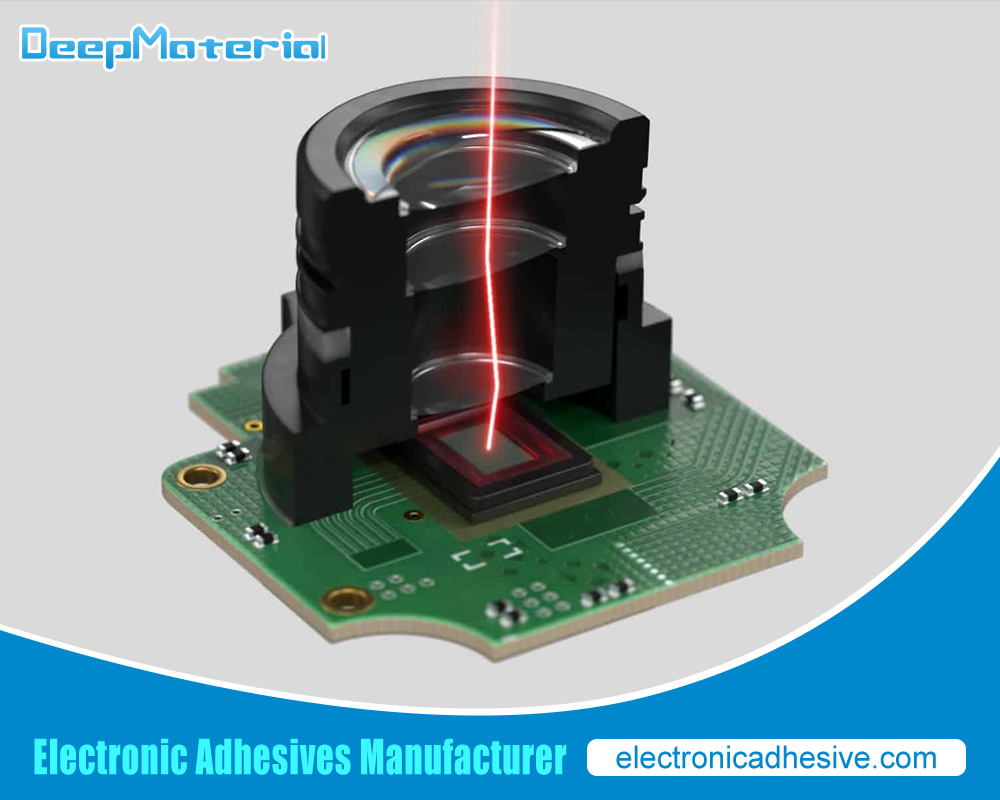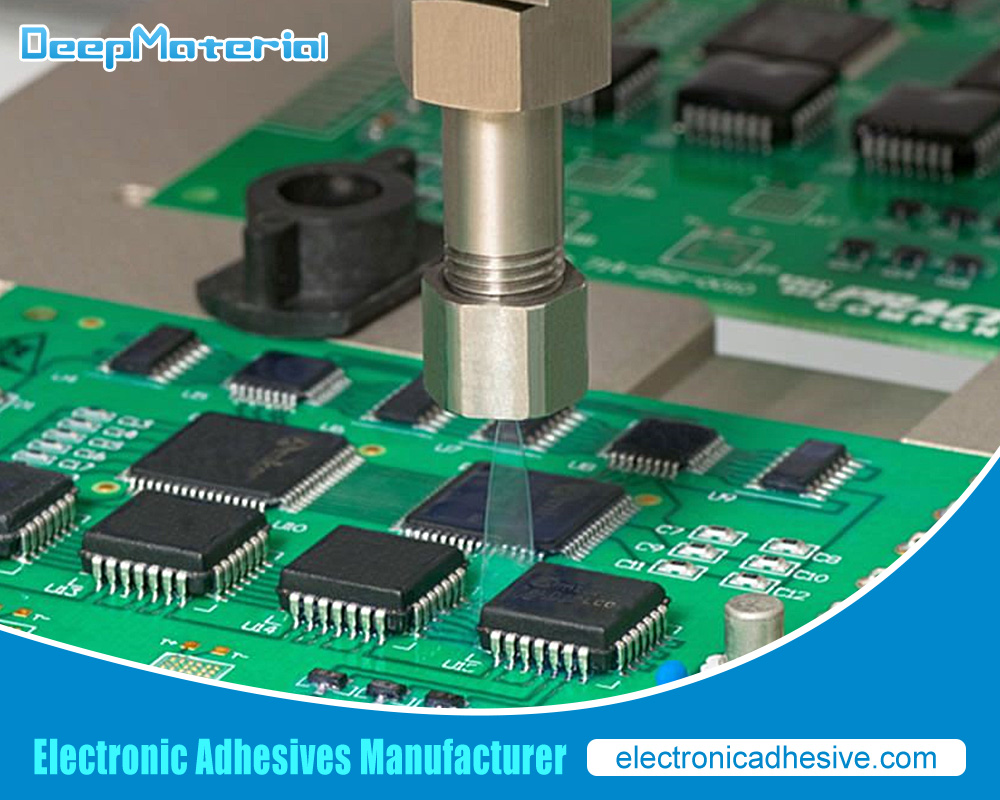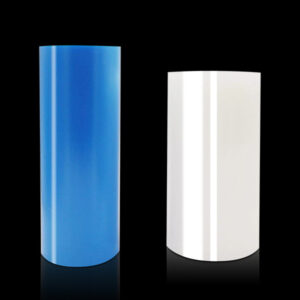Can Polyurethane Potting Compound For Electronics Withstand High Temperatures?
Can Polyurethane Potting Compound For Electronics Withstand High Temperatures?
Polyurethane potting compound is the go-to material for industries that require reliable, temperature-resistant electronics. It literally forms a protective shell around delicate gadgets and components to ward off moisture, dirt, grime—even vibrations! But it’s especially great at battling higher temperatures since it maintains its integrity no matter how sizzling the environment gets.
In this article, we’ll uncover all you need to know about polyurethane potting compounds, like which factors affect temperature resistance and which compounds are best suited for hot jobs. What about Testing tips? We’ve got them all.
Plus, applications in high-heat settings where this stuff shines brightest and some tales from folks who have taken advantage of its benefits… along with potential pitfalls to be aware of so your project doesn’t fall flat on its face.

Can polyurethane potting compounds for electronics withstand high temperatures?
Sure, polyurethane potting compound can usually handle some heat – what kind of temperatures depend on a lot of factors, like the makeup of the compound itself, how it’s cured, how thick it is and other conditions.
You’re usually looking at including between -40°F and 302°F in that range. Of course, if you need tougher stuff there are always more specialized types that can take higher temps with ease.
Factors affecting the temperature resistance of polyurethane potting compound
Chemical composition of the compound
The chemical composition of the polyurethane potting compound matters when it comes to its temperature resistance. By including additives and fillers, temperatures can be better understood.
Curing process
In like manner, a strong bond needs to be formed during curing for optimal shielding against heat.
Thickness of the potting layer
Furthermore, the thickness of the potting layer is essential, too – going thicker creates more insulation against extreme heat levels.
Environmental conditions
Last but not least, factors such as humidity seem to affect how well the protective qualities of this compound hold up in high-temperature conditions; consequently, they shouldn’t be overlooked either.
How to choose the right polyurethane potting compound for high-temperature applications
When it comes to picking a polyurethane potting compound for those tricky high-temperature applications, you’ve got several factors that come into play. Let’s look at each of them below:
Temperature range of the application
It’s vital to take into account the temperature range of the application and choose a polyurethane potting compound that can hold up under it. Obviously, pick one with such a high-temperature rating that it tops your actual working conditions.
Chemical compatibility with other materials
Additionally, make sure there won’t be any unfavorable reactions if your components come in contact with other materials or harsh chemicals.
Mechanical properties
Mechanical properties like flexibility, hardness and impact strength matter as well—you don’t want them deteriorating due to heat-induced stress.
Electrical properties
Finally, consider its electrical qualities: dielectric strength and insulation resistance will help protect against potential power outages or malfunctions.
Testing methods for evaluating the temperature resistance of polyurethane potting
It’s essential to assess the robustness of polyurethane potting compounds in order to determine their temperature resistance.
To that end, several testing methods can be employed: thermal cycling tests, which cycle through a range of temperatures;
high-temperature storage trials for measuring changes in properties such as hardness and flexibility;
Heat shock tests where impulse temperatures are inflicted; and, finally, differential scanning calorimetry (DSC), which measures both heat flow and temperature transformations.
All this is used to ascertain the compound’s glass transition temp as well as its thermal endurance.
Common applications of polyurethane potting compound in high-temperature environments
Polyurethane potting compound is widely used in various high-temperature applications, including:
Automotive electronics
Shielding automobile parts from heat is a critical requirement, so it’s hardly surprising that potting compound is a must for many relocating into engines. It perfectly surrounds and guards electric components like engine control modules, sensors, and others.
Aerospace electronics
Aerospace electronics are as important as the wings of a plane. To make sure such delicate, complex parts stand up to nearly any condition on earth or in the air, a polyurethane potting compound acts like an armor-plating defender for sensitive components subjected to extreme temperatures that accompany air travel.
Industrial electronics
Heated conditions can wreak havoc on the trusty electronics in industrial settings. Not to worry, though – a Polyurethane potting compound comes in handy as an insulator that shields them from the heat and makes sure they stay up and running at peak performance.
Advantages and disadvantages of using polyurethane potting compound for high-temperature applications
Advantages
Excellent adhesion
Superior stickiness – polyurethane potting compound is seriously sticky, forming a reliable seal with electronic components and able to stand up to high temperatures. It’s not just secure; it’s strong!
Excellent protection
Ensuring safety – this stuff shields devices from moisture, dust, shakes, and the like. That way, you can be sure that your precious tech will perform as desired.
Easy to apply
Plus, applied in an instant – grabbing some of this compound for use couldn’t be simpler! Just pour or inject, then cure at room temperature or give it some warmth – depending on exactly what type of formula you’ve picked out.
Disadvantages
Limited temperature range
The high-temperature resilience of polyurethane potting compounds comes at a cost – its temperature range is far more limited than that of materials like silicone. That’s why it’s so important to select the proper formulation for your application in order to guarantee optimal performance.
Potential for cracking
Even when you do, there may still be potential complications with cracking or delamination when exposed to extreme temperature shifts and thermal shocks – something testing can help identify beforehand but not always prevent!
Difficult to remove
Worst of all, once polyurethane has been used in a project, it tends to be incredibly hard, if not impossible, to remove – creating problems should future tinkering or repairs become necessary.

Final Words
Wrapping up, polyurethane potting compound is amazing stuff that performs great in extreme heat and safeguards electrical components for all kinds of applications. When you are looking for such material to handle extraordinary temperatures, think about parameters like heat-resistance range, chemical harmony, power supply conditions, and mechanical features.
Definitely make sure to take some tests before making the decision – this will help ensure the correct use of this compound in scorching hot environments and protect its electronic components so well!
For more about choosing the polyurethane potting compound for electronics , you can pay a visit to DeepMaterial at https://www.electronicadhesive.com/about/ for more info.











